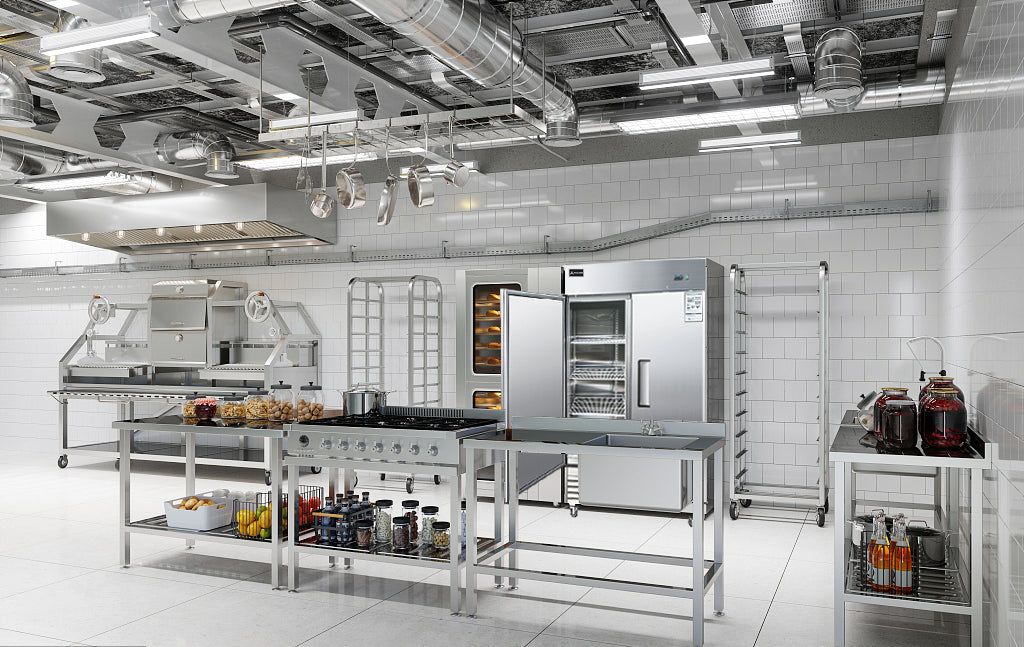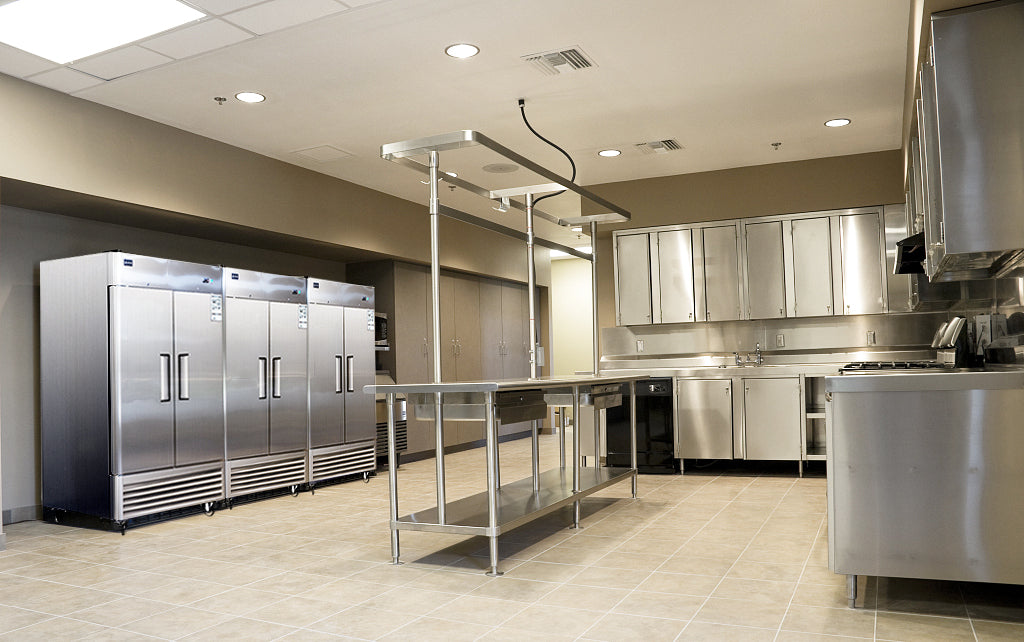Design and Construction of Commercial Refrigeration Systems
Purchasing a commercial refrigerator can be a challenging task, as it requires determining the right type of refrigeration system for your needs, selecting the appropriate capacity, and deciding where to install the unit within your workflow. To make the best decision for your business, it’s also helpful to understand the materials commonly used in the construction of commercial refrigeration units. The choice of materials can impact the unit's durability, maintenance requirements, and overall cost.
Metals Used in Commercial Refrigeration
Commercial refrigeration equipment is typically made from a variety of metals, including aluminum, cast iron, chrome, copper, and steel. The most common metals used for both the interior and exterior of refrigeration units are aluminum and steel. These metals come in various grades or series, each with distinct properties that determine their suitability for different applications.
Aluminum vs. Steel
Types of Aluminum
Aluminum alloys fall into three primary categories: commercially pure aluminum, heat-treated alloys, and non-heat-treated alloys. These alloys are created by adding elements such as copper, iron, magnesium, manganese, and zinc to a base of aluminum, enhancing its strength and making it more suitable for the demands of commercial equipment used in busy foodservice environments.
In refrigeration, non-heat-treated 3003 and 3004 aluminum alloys are commonly used, along with anodized aluminum, which undergoes a process to create a protective layer of oxidation, making the material more durable.
Types of Steel
Stainless steel is the most widely used steel for constructing commercial refrigeration units. There are two main types of stainless steel used in this context: 300-series and 400-series. The 300-series includes alloys that have at least 16% chromium, no more than 0.15% carbon, and nickel. The 400-series stainless steel contains more carbon, making it stronger than 300-series steel. The most commonly used grades in refrigeration are 304, 316, and 430 stainless steel.
Another steel type found in commercial refrigeration is galvanized steel, which is regular steel coated with zinc. While not as strong as stainless steel, galvanized steel is often used in the less vulnerable parts of the unit's exterior, such as the top, bottom, and back.
Other Metals
Chrome, copper, and cast iron are also used in various components within commercial refrigeration units. For example, some systems use cast iron for evaporators, shelf clips may be plated with chrome, and copper is often used for tubes and wiring due to its excellent conductivity.
To learn more about the maintenance needs and manufacturing methods of these metals, consider exploring our guide to food-grade metals.
Non-Metal Materials
In addition to metals, some manufacturers use ABS plastic, a lower-cost material that is resistant to impact and corrosion, though not as durable as aluminum or steel. ABS plastic is typically used for the interior cabinet and door liners of refrigerated units.
Many of the racks and shelves in commercial refrigeration are made from metal and coated with materials such as PVC, polyethylene, or epoxy. These coatings make the racks easier to clean and maintain.
For insulation, most refrigeration units use foamed-in-place polyurethane, a polymer that does not contain the now-banned chlorofluorocarbons (CFCs). The amount of insulation provided can vary depending on the manufacturer.
Understanding the materials used in your refrigeration equipment is an essential step in choosing the best unit for your business, as it can significantly impact durability, maintenance, and overall cost.
























